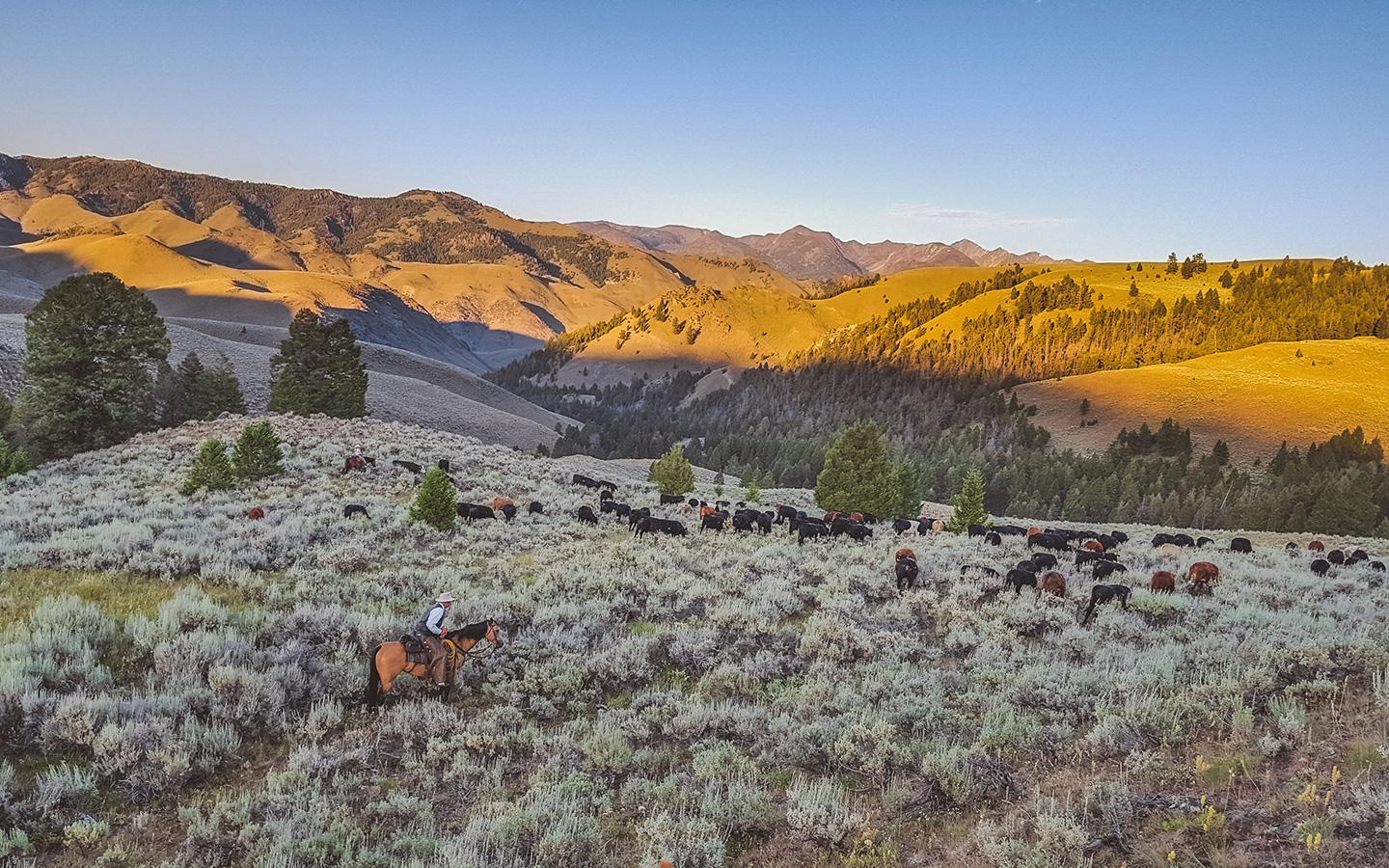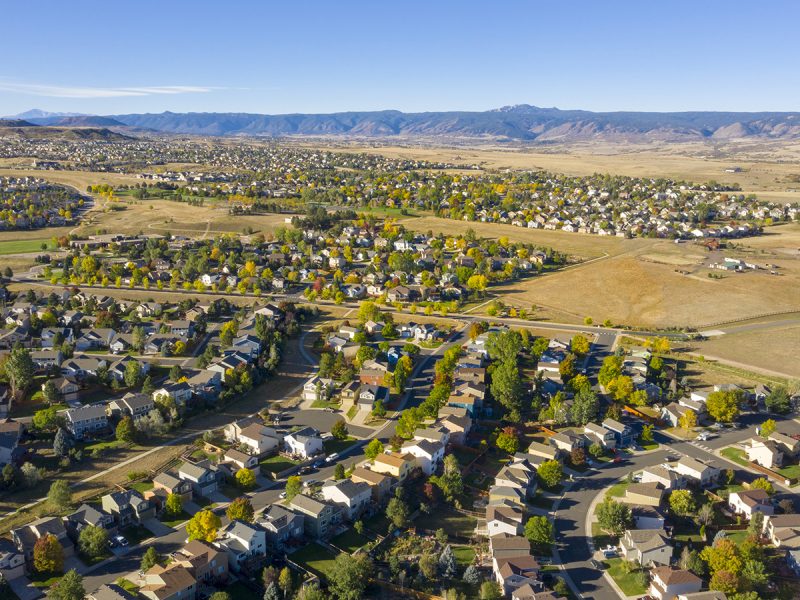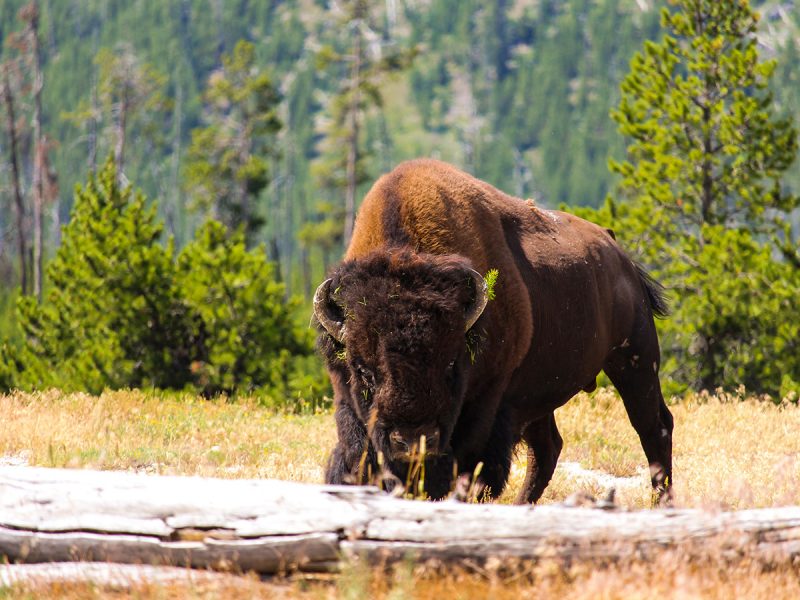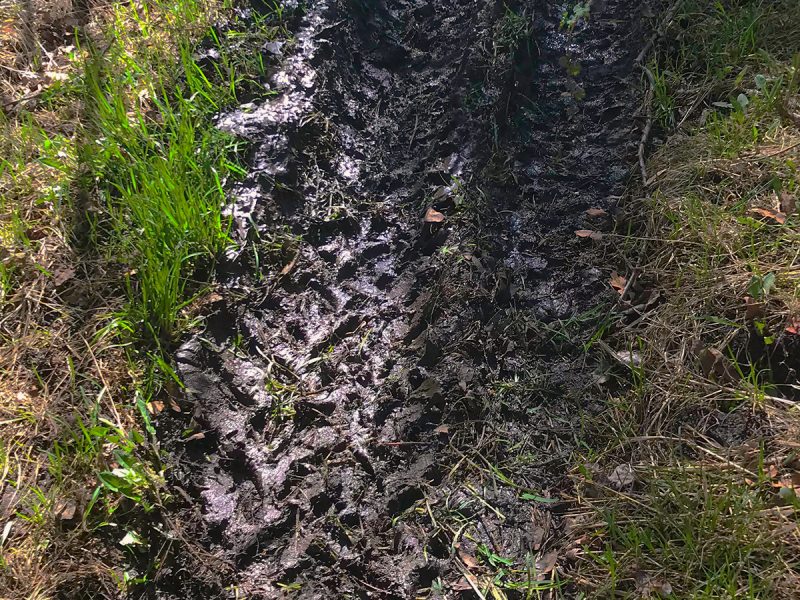Foraging from the saddle – Garden Fresh Broccoli Salad
It was late May and our first range stint of the year after trailing the cattle up. Dad and I had just brought the herd out of cow camp for the day and settled them in a wide bowl when he pointed out all the pink and purple blooms scattered amid the abundant bluebunch wheatgrass.
“Those are edible, you know.” He said. “The Bear Hat tribe who used to live in these hills ate them.”
“Isn’t that….Bitterroot? Meaning bitter?” I asked, ever the dubious daughter.
“One way to find out.” Dad said, ever the optimist. He cast a glance at the peaceful cattle before sliding off his big buckskin mare. We spent the next few minutes digging a few of the whitish roots out of the ground. Typically, these were dried and then cooked with meat and berries. Dad and I just put them in our empty lunch containers to save for dinner.
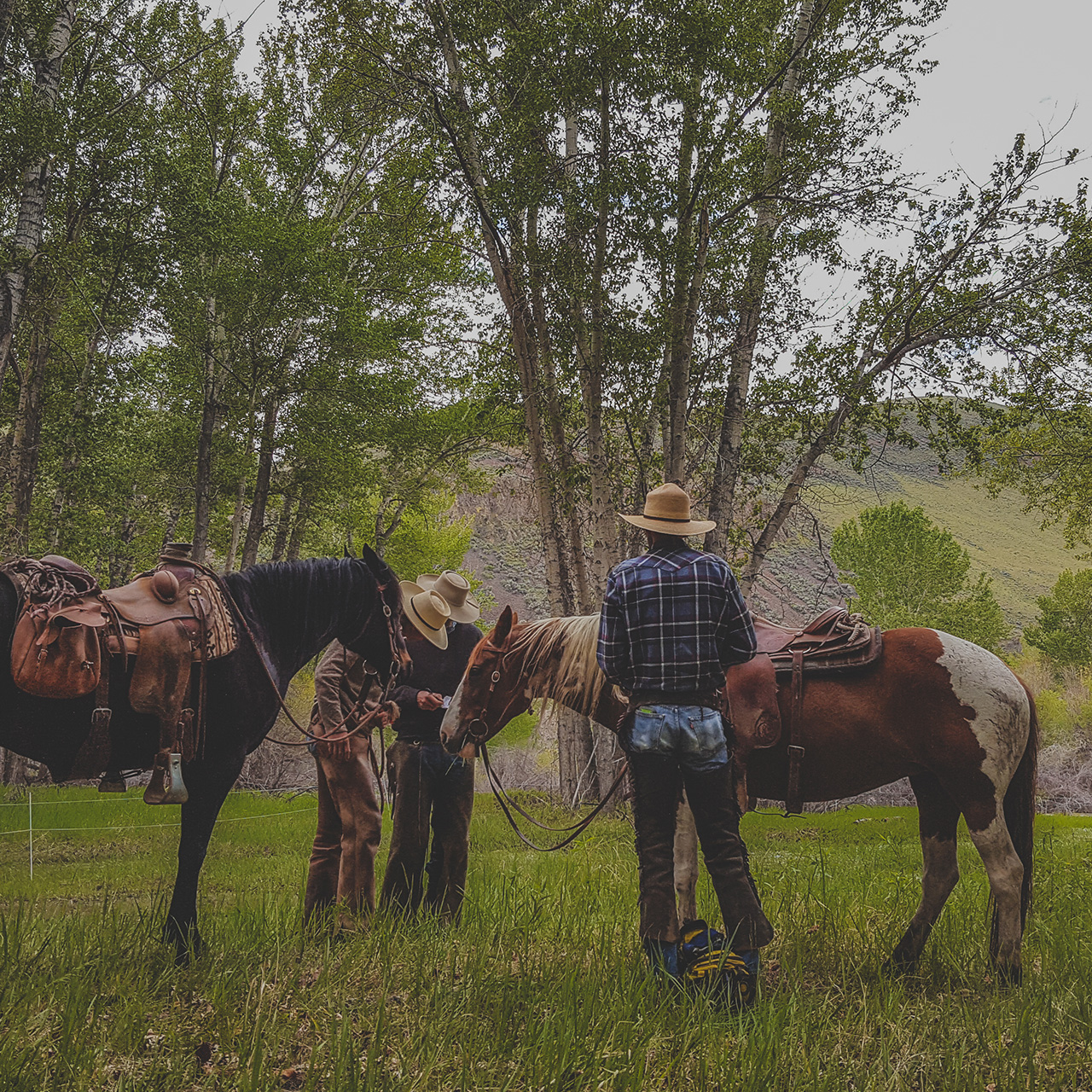
We tried them that night, first boiled, then fried in a soup of butter. Both options were too bitter to eat. We gave up and discarded the rest with a new respect for the Native Americans who survived here before us. There are still remnants of their presence in these mountains. Many of the trails we ride were their former highways, and alongside them you can find the occasional obsidian arrowhead. They are often only partially carved, with a nick or an imperfection that made them useless. You can almost picture the carver tossing them to the trailside in frustration.
We’ve tried other wild plants that they ate long before us. Wild currants are abundant on our range. There are morel mushrooms to be found in some secret pockets of forest. Wild onions are also quite abundant in these mountains, and cowboys Anthony and Jake often like to forage a few for dinner on the range.
But there is one danger in gathering wild onion that was well known to the Bear Hat tribe. This plant often grows side by side with another native, commonly known as death camas. The two look quite similar down to the bulb when not flowering. Death camas can cause everything from stomach upset and vomiting to paralysis and death. As we herd our cattle each day, we keep a hawk’s eye out for death camas. Thankfully, I don’t think the cattle find it appetizing. They often pass it up if there is another option before them.
Anthony and Jake know what to look for when on the hunt for wild onion. The sure test is always to check for an onion scent. And when in doubt, cut open the bulb. Onions have layers, death camas does not. Many an evening, Anthony and Jake disappear after unsaddling for the day to turn up later with handfuls of wild onions to add to a cow camp salad. After a long day under the hot sun there is nothing so satisfying as good food. I wonder if the Native Americans felt the same as they walked this ground a century before us.
Speaking of salad, this is our favorite broccoli salad, served up most often at Alderspring barbecues. You can certainly use wild onions in this recipe, or some fresh chives foraged from the garden. If you happen to have some garden fresh broccoli as well, all the better! Just don’t add any of that wild bitterroot…or death camas!
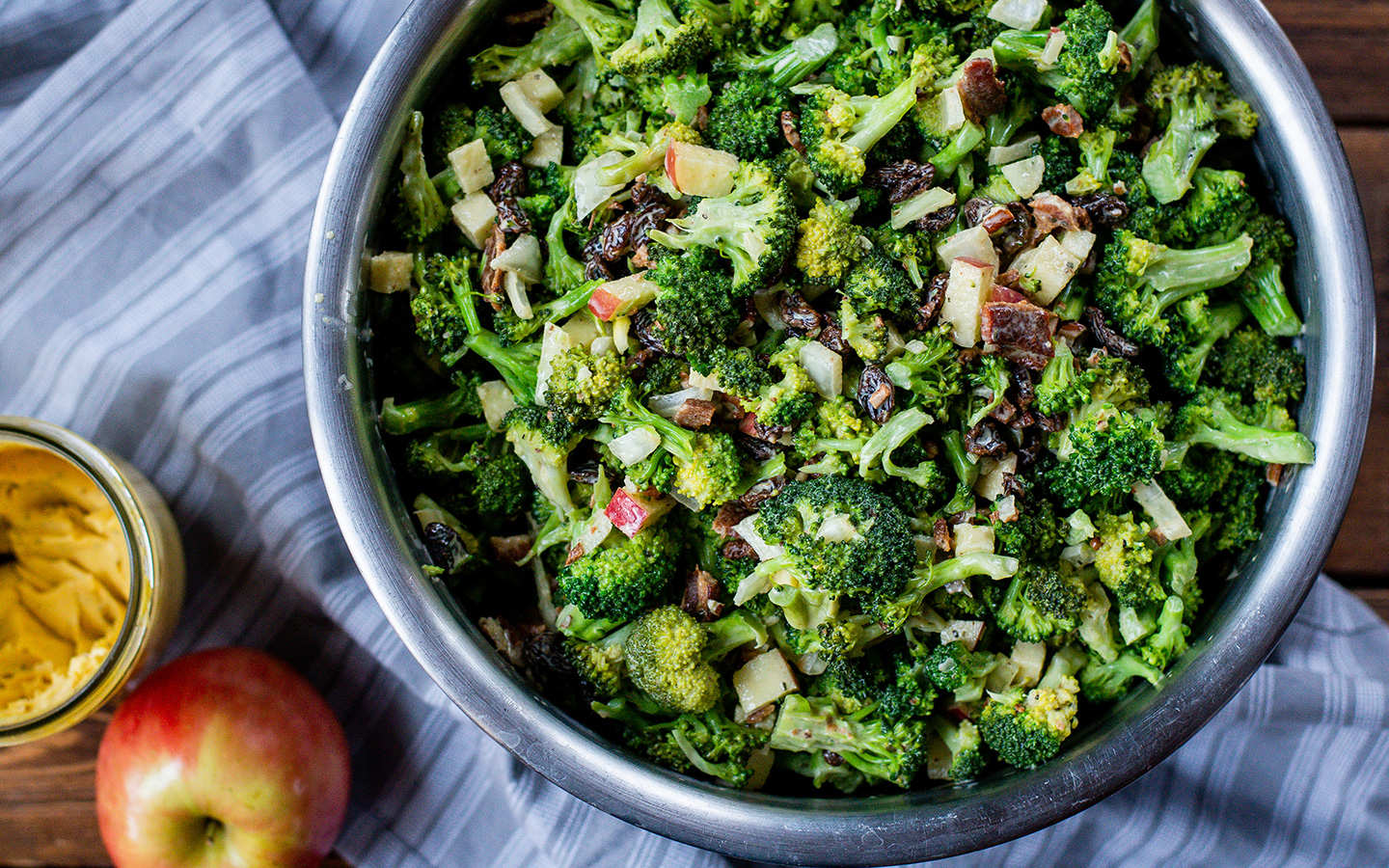
Garden Fresh Broccoli Salad
Serves 10. Cut recipe in half if not cooking for a crowd!
Ingredients
- About 8 cups small broccoli florets (4-6 heads), preferably garden fresh
- Salt, to taste
- About ½ lb pastured pork bacon (yes, we like our bacon)
- 1 cup raisins or dried currants
- ½ cup sunflower seeds
- ½ cup finely chopped chives, wild onions, or shallots
- ½ cup chopped almonds or pecans
- 2 medium-sized apples, chopped into 1/8” cubes
- About ½ cup feta cheese, optional
- 1 ½ cups homemade mayonnaise (see below)
- 2 teaspoons lemon juice
- 1 tablespoon real maple syrup
- ½ teaspoon paprika
- ¼ teaspoon cayenne pepper
- ½ teaspoon ground black pepper
Instructions
- Put the broccoli and about 1 teaspoon of salt (you can add more later) in a large pot and add water. Bring to a hot simmer (almost boiling) at medium high heat, and simmer for about 3-5 minutes until bright green and softened but not fully cooked (you don’t want it to be mushy)!
- Once done, remove from heat, rinse with cold water, drain well, and place in a large bowl.
- Meanwhile, fry the bacon in a cast iron frying pan until nicely browned and caramelized. Chop it up and add to the drained broccoli. Add the raisins, sunflower seeds, onions, nuts, apples, and feta cheese. Don’t stir yet.
- In a small bowl, combine the mayonnaise, lemon juice, maple syrup, and seasonings. Pour over the broccoli salad, then stir everything together until well combined. Sample a bit and see if salty enough; if not, add a little more to taste.
- Refrigerate until serving. Can be stored in the refrigerator for 1-3 days.
Homemade Mayonnaise
- 2 farm-fresh eggs
- ½ teaspoon apple cider vinegar
- 1 teaspoon lemon juice
- Salt and pepper, to taste
- About 2 cups oil of choice (less or more as desired)
Crack the whole eggs into a blender or food processor and add the vinegar, lemon juice, salt, and pepper. Blend on medium speed, then with machine still running the lid to slowly begin pouring in the oil. Pour the olive oil in a slow, steady stream (too quickly and you won’t emulsify the egg). Continue to add oil until the mayonnaise reaches the desired thickness. Store in a glass jar in the refrigerator for up to 4 days before using.


